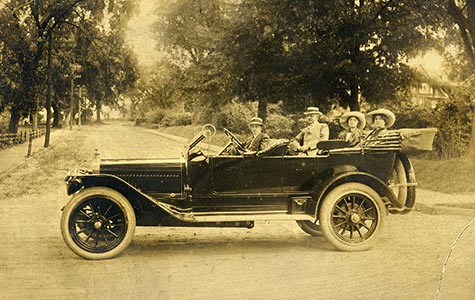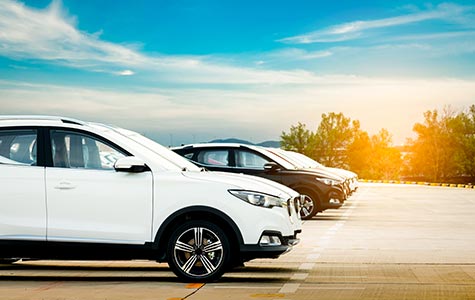
While many of us think of the first vehicles being the model T, many years before that, in approximately 1830, the first buggy with an electric motor traveled a short distance in Scotland. The battery had galvanized cells and was not rechargeable, limiting the ability of travel – however, progress was made.
Here in the US the first electric car was introduced in the year 1890 in Des Moines Iowa by a chemist named William Morrison. His six-passenger vehicle sped down the road at 14 miles per hour, but William showed that it was possible to power a vehicle with electricity.
In 1900, one third of the vehicles on the road were electric. They had a lot of momentum in sales in the early 1900’s. At that time there were really three ways to power a vehicle, Steam, Electric, and internal combustion engine. (Gasoline and diesel) The Steam engine was a lot of work to get going and took a lot of time to warm up. The gasoline motor was hard to start, and was not easy to shift either. The electric car was simple to run and quiet compared to the other types of vehicles. The vehicle required no shifting of gears and was quite popular for ladies to run their errands around town. Henry Ford’s wife loved her electric car and drove it around town a lot.
What changed the course of history with the electric vehicles was the Model T. In 1911, a man named Kettering invented the starter. This made it possible to sit in the seat and push the starter button to start the vehicle. A lot of the vehicles up to this time had cranks on the front of the motors. By the year 1912 the Model T cost $ 650.00 and an electric vehicle the was called a Roadster was $ 1750.00. With most of the population living out in the country in a rural setting, not having electricity at their homes, it made it an easy decision to go with gasoline.

Other things also happened in our country. In the early 1900’s the roads were getting better, and people began to travel for leisure. The US was more prosperous and with gasoline stations popping up, people and commerce began to travel farther. By the 1930’s the idea of the electric car had all but disappeared to the history books.
In the early 1970’s it was an option that was looked at again. The oil embargo was in full swing, the fuel prices were heading up and long lines at the fueling station made people start thinking about alternatives. GM had a car out called the EV1. It never made it to production because of costs in building it, but with a 0 to 50 acceleration in 7 seconds, showed that it could be possible.
In 2000 Toyota released the Prius here in the US. The Prius is a hybrid meaning that it uses battery power some of the time but can go to gas power when needed for longer trips or when the battery is low.
Since that time, we have seen some battery models come and among the most popular is the Nissan Leaf, Tesla - all models, as well as the Chevrolet Volt. With many dollars being invested into new technology and batteries getting better, it is only a matter of time before electric vehicles will be mainstream.